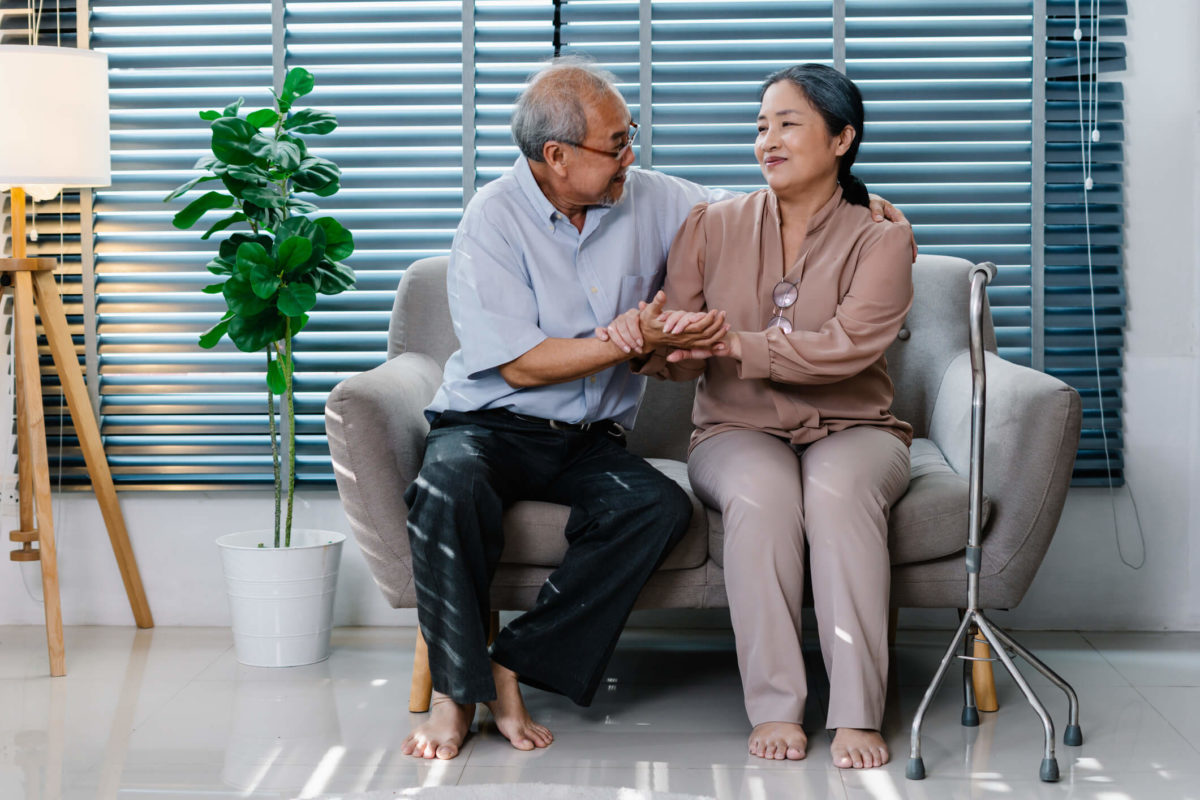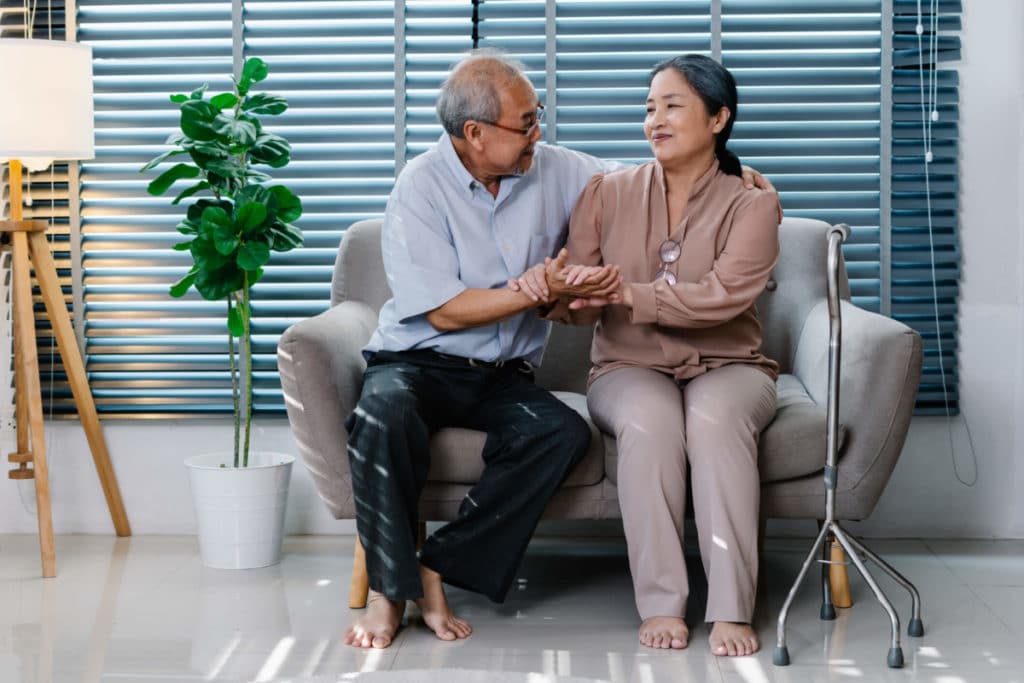Deciding between at-home care and a senior living community is not always a clear choice for an older loved one, especially if that person only needs occasional assistance and is, for the most part, able to remain safe and connected to others. However, there are instances when staying home could jeopardize a loved one’s health, wellness and overall quality of life.
When at-home care is the right choice.
- Loved ones require a few hours of assistance a week
Occasionally lending a hand with paying bills, scheduling medical appointments or providing transportation to the grocery and drug store. Or, perhaps a visiting nurse can come by weekly to check blood pressure or double-check medication usage. - Family lives close
Family in close distance to loved ones can drop by when extra help is needed (e.g. helping to fix a repair, dropping off grocery items) or when they want to check in and see how things are going. - Loved ones are mentally alert and able to make decisions
There’s no evidence of forgetting appointments and occasions and he/she can manage his/her finances, take medications correctly, remember dates and make small and big decisions. - Home is senior safe
Bathrooms are equipped with safety features (e.g. grab bars, non-slip bathtub/shower flooring adhesives), small throw rugs have been removed, walkways and stairs are free of clutter and well lit and a grabber tool or step stool with a hand bar is available to reach items on high shelves.
In those instances, at-home care and/or adult day care could be an option.
Home care
Providers who offer at-home care assistance with housekeeping, transportation, bill paying, meal preparation and offer personal care support. A visiting nurse or aide can help on a daily or weekly basis.
Loved ones who require more care and are determined to remain in their home, 24-hour nursing (i.e. live-in or rotating shifts) at-home care can be an option, though it’s often more expensive than a senior living community, as noted in our Cost of Senior Living Versus Aging at Home blog post. This solution may be most suitable for more introverted loved ones who are not as interested in socialization with their peers as well as those who can afford these services.
Adult Day Care
Some loved ones live with family caregivers and cannot be alone during the day. In this case, adult day care can be of help. They provide programs in a variety of formats, from daily to weekly options. This option provides socialization in a safe setting, with planned activities and outings. And it gives caregivers, an opportunity to work, tend to children or simply have a break from the demands of caregiving.
Signs that at-home care is not enough.
Sometimes the safest and smartest solution is to realize that at-home care isn’t the best idea, and opt for a senior living community instead. Caregivers should watch for the following:
- Isolation
Being alone during the day and not having friends nearby can be very dangerous for a senior’s physical and mental health, as stated in National Institute on Aging’s Social Isolation, Loneliness in Older People Post Health Risks. Depression, mental decline, anxiety, heart disease—the list of problems that can come from feeling left out of life is a long one. Even if health aides drop by occasionally, it’s not the same as having the warmth of steady companionship. Being around others is good medicine. - Signs of cognitive decline.
Forgetting a birthday or misplacing keys is a natural occurrence with aging. But if an older loved one is falling, wandering or showing confusion about dates, holidays or their surroundings, it’s time to consult with a physician to determine a more supportive environment such as memory care. - Lack of mental or physical stimulation
It’s too easy for a senior to sit still on the couch all day watching television. Their physical and mental health suffers as well as their overall happiness. The brain needs exercise. The Washington Post’s Does Exercise Really Help Aging Brains? reports exercise plays a key role in how well people think and remember with age. The rest of the body benefits as well. Physical activity reduces the risk of dying from coronary heart disease and developing high blood pressure, colon cancer and diabetes, according to the Centers for Disease Control and Prevention.
If signs are pointing that at-home care is not enough, senior living is the right option to choose. Senior living communities are specifically designed for the safety and comfort of older adults. In the case of continuing care retirement communities (i.e. life-plan communities), like Carroll Lutheran Village, multiple levels of care are available, including independent living, assisted living, memory care, skilled nursing, rehabilitation and respite care.
Evaluating loved ones’ abilities and knowing the concerning signs to look for is key for caregivers to determine whether loved ones are fine with aging at home or would benefit from living in a senior living community. When a little help is needed, at-home care or adult day care may be enough. However, when a greater level of care is needed or there’s a desire to live a better quality of life, senior living communities are the ideal option.
Learn more from our Senior Living Options Guide.






